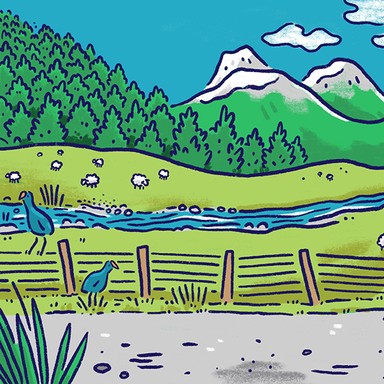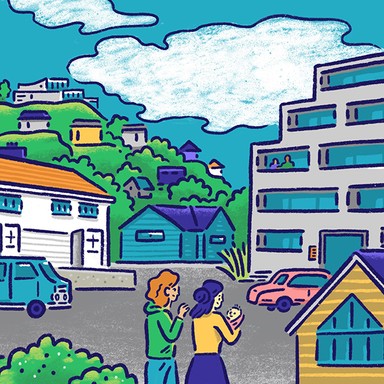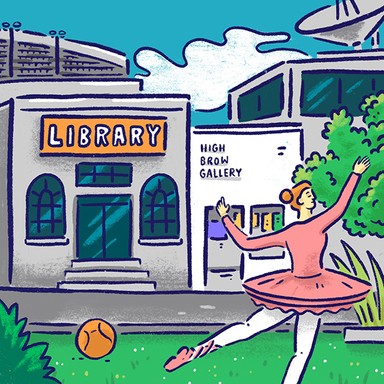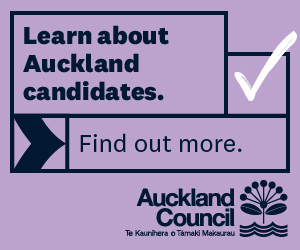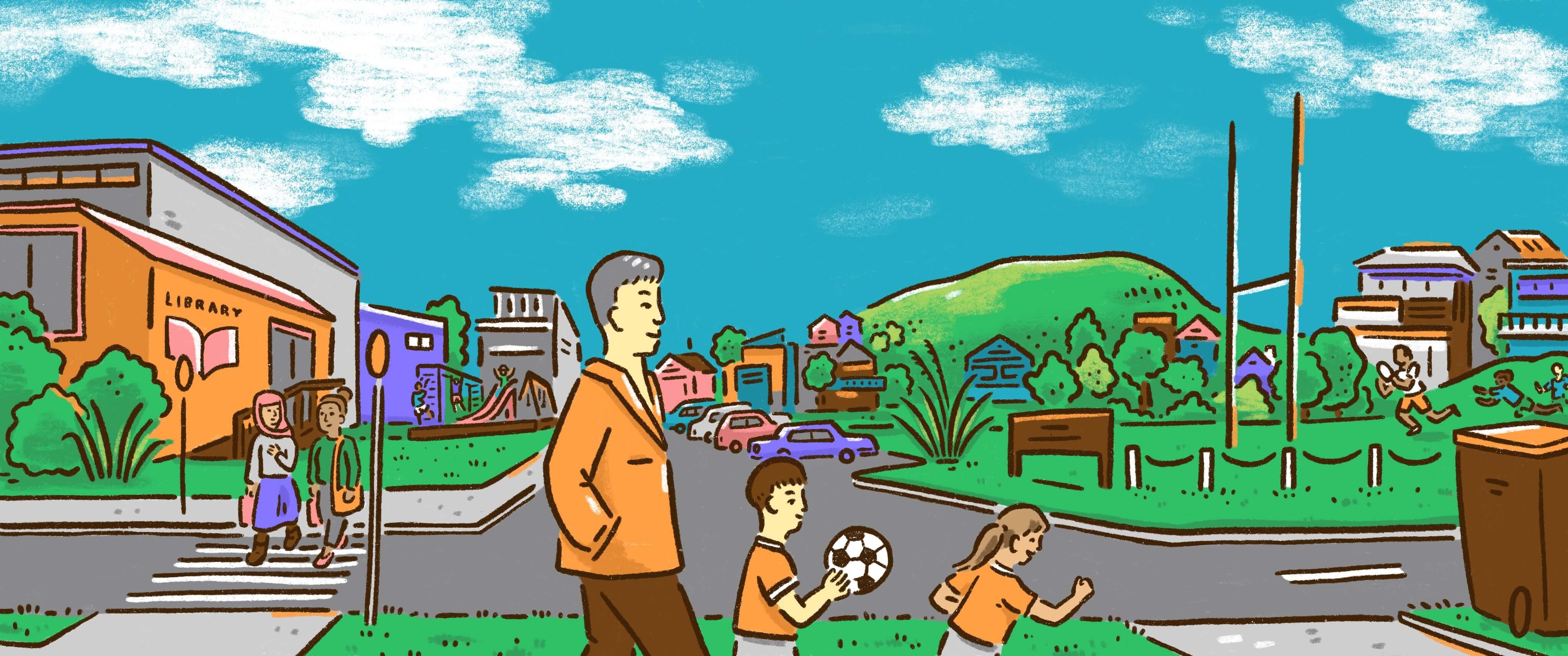
Whau Local Board

Transport
Helping communities get from A to B is a key responsibility of local government, from making sure the buses run on time to providing car parking and walking and cycling paths. Whether public transport is the responsibility of the regional or local council depends on where you are in the country. Local councils also own 87% of New Zealand’s roads.

Transport
Helping communities get from A to B is a key responsibility of local government, from making sure the buses run on time to providing car parking and walking and cycling paths. Whether public transport is the responsibility of the regional or local council depends on where you are in the country. Local councils also own 87% of New Zealand’s roads.
Establish and maintain urban public spaces that prioritise walkability, accessibility and social interaction, eg the local Greenways Plan.
Involve agencies such as health, education, recreation and regional development in transport planning.
Provide comprehensive, accessible and low-emission public transport networks and infrastructure.
Use the shuttle bus for low density area.
Use check-in smart system for bus stops, so the bus driver know how many people wait for bus and decide the fast path.
Build more bus stops to encourage people use public transport.
Set up more feeder routes. Open a new bus route to the airport.
Increase the fine for distracted drivers. Harsh punishment for drink-drivers.
Work with Auckland Transport and Waka Kotahi to make our roads safer and user friendly for cycle and bike use.
Work with Auckland Transport for affordable easy to reach transport network links for communities to reach work, schools or sports venue.
Advocate to Auckland Transport for improvements to safer walk ways, foot paths, cycle ways and e-scooter paths to reduce congestion.
Advocate for feeder bus routes, increase frequency and connect to arterials and hubs, eg New Lynn to help more patrons take public transport.
Advocate for speed bumps using recycled materials in streets that face racing car issues, saving money and rate payers get value plus results.
Encourage cycling and e-scooter use to reduce short distance travels via cars (which causes the largest chunk of vehicle emissions based on data).
Fight for maximum transport network connectivity; don't for example allow Auckland Transport to unilaterally block off roads.
Build sensible and cost effective walking and cycling connections; people who can't drive still need to be able to get around safely.
Improve public transport though more regular services and feeder bus routes.
Maintain roads and footpaths regularly to ensure safety.
Encourage cycling and walking by ensuring effective connections are developed between shared paths/cycleways.
Improve road safety and congestion, disability accessibility, and environmental sustainability by developing public transport and cycleways.
Ensure there are safer footpaths and more pedestrian crossings, particularly in areas most affecting seniors.
Ensure Whau residents are given a real choice to use their preferred form of transport – cars, bikes, public transport, or walking.
Advance the Te Whau Walkway project.
Identify and fight Auckland Transport for more protected cycleways to improve links from the suburbs to the town centres and public transport.
Make e-bikes and new forms of electric mobility equitable and accessible.
Provide "Whau safe zones" around local schools for students to walk and cycle to school. Provide alternative cycle and walking routes.
Replace unused berms with parking bays around apartments and townhouses. Put in cycle ways to replace the grass berms.
Advocate to Auckland Transport to enable equitable transport choice for all with a higher priority for pedestrians and cyclists.
Request priority investment from Auckland Transport into repairing, upgrading and providing footpaths for cycle and micro-mobility users.
Urge the rapid expansion of electric bus services and charging stations for electric cars.
Really push to see the Whau Pathway completed to encourage more Whau whānau walking and cycling.
Push to improve public transport and frequent services, and fully sheltered bus stops.
Work to have a Bike Kitchen in all our communities that encourage community participation and learning and get people cycling locally.
Advocate for the development of a multi-storey Park and Ride in New Lynn to encourage mode shift and provide a viable transport option.
Support improvements to footpaths and walkways, and connecting cycleways and walkways, ie connect Te Whau Pathway to New Lynn to Avondale SP.
Advocate for a cross-town rail link utilising the Avondale–Southdown Line.
Advocate for more feeder bus routes and more frequent public transport services.
Advocate for funding to complete Te Whau Shared path.
Advocate for more cycle networks to ensure safer journeys for cyclists and improve pavements and shared pathways to ensure safe walking routes.
Establish and maintain urban public spaces that prioritise walkability, accessibility and social interaction, eg the local Greenways Plan.
Involve agencies such as health, education, recreation and regional development in transport planning.
Provide comprehensive, accessible and low-emission public transport networks and infrastructure.
Use the shuttle bus for low density area.
Use check-in smart system for bus stops, so the bus driver know how many people wait for bus and decide the fast path.
Build more bus stops to encourage people use public transport.
Set up more feeder routes. Open a new bus route to the airport.
Increase the fine for distracted drivers. Harsh punishment for drink-drivers.
Work with Auckland Transport and Waka Kotahi to make our roads safer and user friendly for cycle and bike use.
Work with Auckland Transport for affordable easy to reach transport network links for communities to reach work, schools or sports venue.
Advocate to Auckland Transport for improvements to safer walk ways, foot paths, cycle ways and e-scooter paths to reduce congestion.
Advocate for feeder bus routes, increase frequency and connect to arterials and hubs, eg New Lynn to help more patrons take public transport.
Advocate for speed bumps using recycled materials in streets that face racing car issues, saving money and rate payers get value plus results.
Encourage cycling and e-scooter use to reduce short distance travels via cars (which causes the largest chunk of vehicle emissions based on data).
Fight for maximum transport network connectivity; don't for example allow Auckland Transport to unilaterally block off roads.
Build sensible and cost effective walking and cycling connections; people who can't drive still need to be able to get around safely.
Improve public transport though more regular services and feeder bus routes.
Maintain roads and footpaths regularly to ensure safety.
Encourage cycling and walking by ensuring effective connections are developed between shared paths/cycleways.
Improve road safety and congestion, disability accessibility, and environmental sustainability by developing public transport and cycleways.
Ensure there are safer footpaths and more pedestrian crossings, particularly in areas most affecting seniors.
Ensure Whau residents are given a real choice to use their preferred form of transport – cars, bikes, public transport, or walking.
Advance the Te Whau Walkway project.
Identify and fight Auckland Transport for more protected cycleways to improve links from the suburbs to the town centres and public transport.
Make e-bikes and new forms of electric mobility equitable and accessible.
Provide "Whau safe zones" around local schools for students to walk and cycle to school. Provide alternative cycle and walking routes.
Replace unused berms with parking bays around apartments and townhouses. Put in cycle ways to replace the grass berms.
Advocate to Auckland Transport to enable equitable transport choice for all with a higher priority for pedestrians and cyclists.
Request priority investment from Auckland Transport into repairing, upgrading and providing footpaths for cycle and micro-mobility users.
Urge the rapid expansion of electric bus services and charging stations for electric cars.
Really push to see the Whau Pathway completed to encourage more Whau whānau walking and cycling.
Push to improve public transport and frequent services, and fully sheltered bus stops.
Work to have a Bike Kitchen in all our communities that encourage community participation and learning and get people cycling locally.
Advocate for the development of a multi-storey Park and Ride in New Lynn to encourage mode shift and provide a viable transport option.
Support improvements to footpaths and walkways, and connecting cycleways and walkways, ie connect Te Whau Pathway to New Lynn to Avondale SP.
Advocate for a cross-town rail link utilising the Avondale–Southdown Line.
Advocate for more feeder bus routes and more frequent public transport services.
Advocate for funding to complete Te Whau Shared path.
Advocate for more cycle networks to ensure safer journeys for cyclists and improve pavements and shared pathways to ensure safe walking routes.
Mayor
Compare the mayoral candidates in your area
Local council
Compare the candidates for your city or district council
Regional council
Compare the candidates for your regional council
Local board
Compare the candidates for your local or community board

